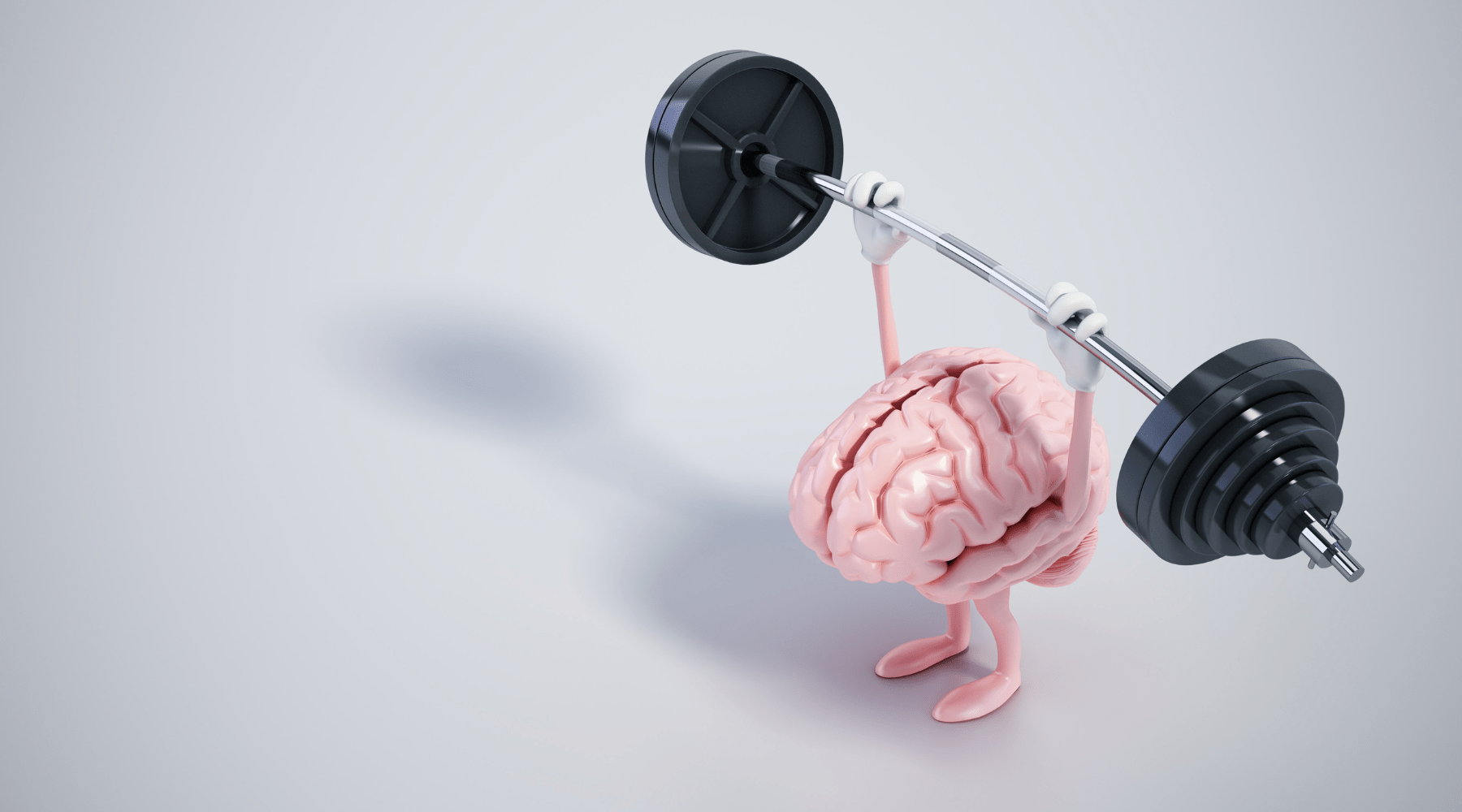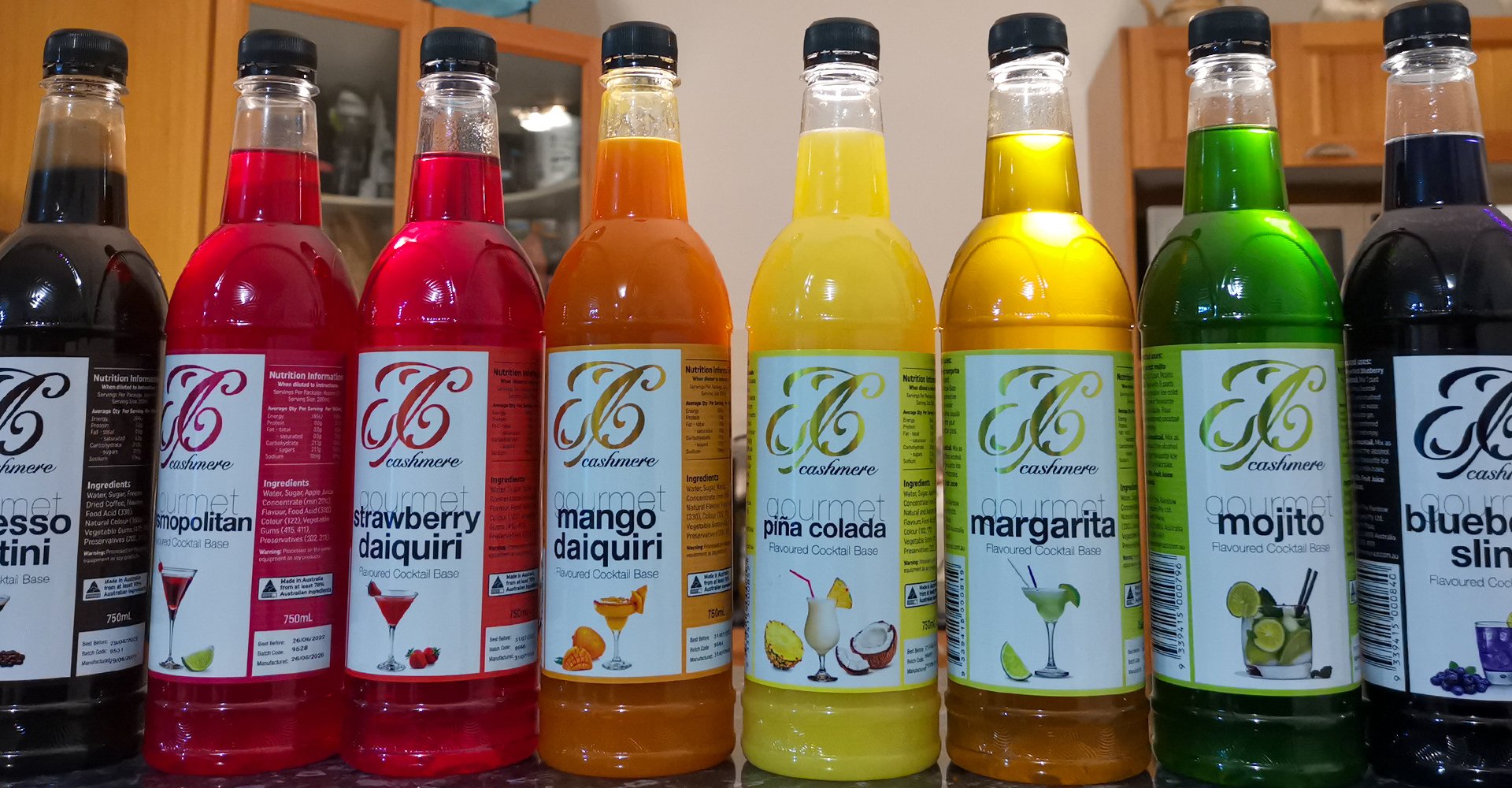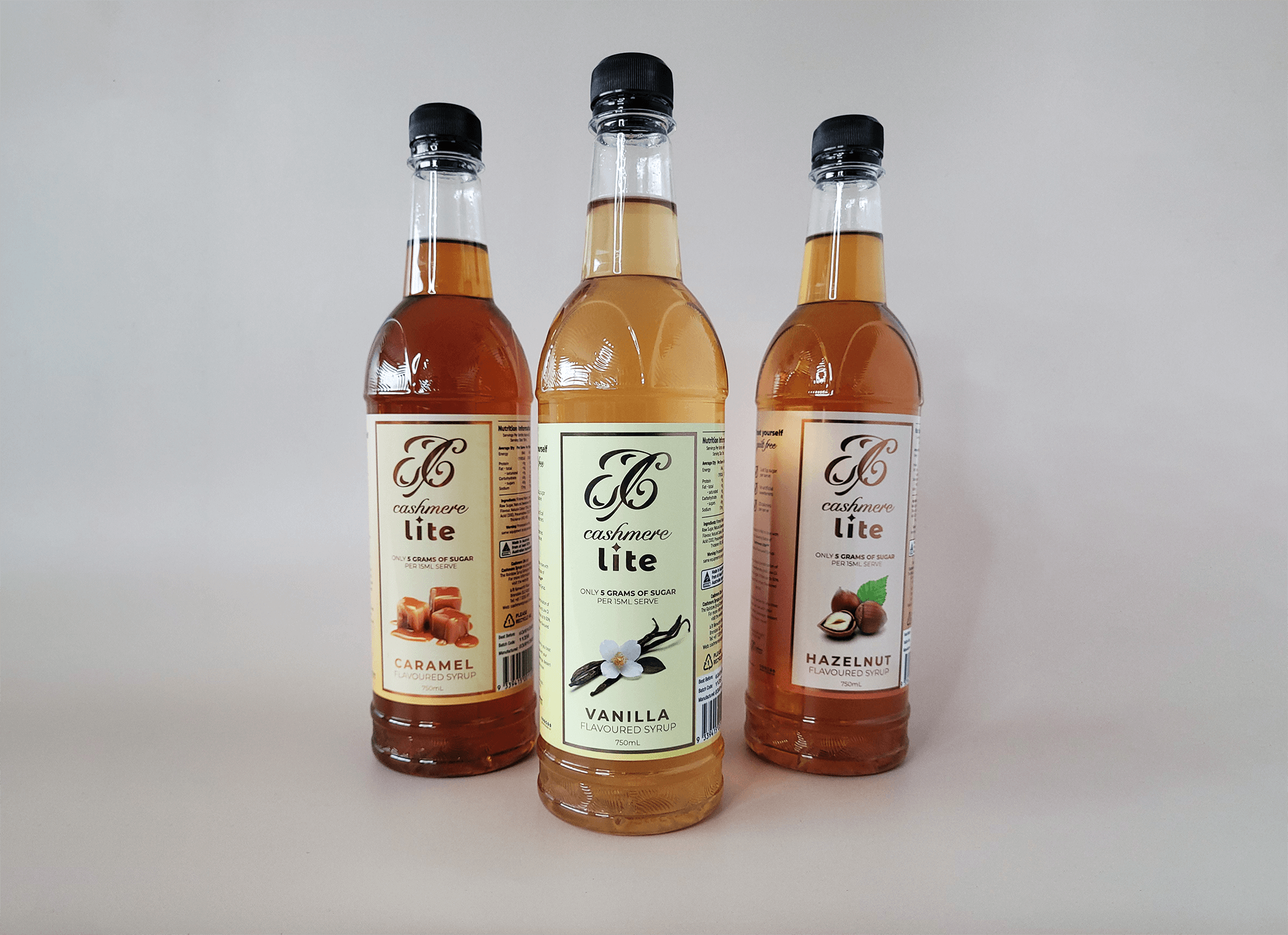Welcome to Win Your Week, where we explore all things motivation, mindfulness, life hacks, and more to help you achieve a better lifestyle.
Do you tend to find news and information from the same sources or surround yourself with people who think the same way as you?
If this sounds like you, you may be suffering from confirmation bias.
In this blog, we will explore what confirmation bias is, how it works in the brain, the drawbacks of it, and how to challenge it.
What is Confirmation Bias?
Confirmation bias is the tendency to seek and interpret information in a way that confirms our existing beliefs or hypotheses. We tend to ignore or dismiss information that contradicts our beliefs, which leads to an overestimation of the validity of our beliefs. Confirmation bias can occur in all aspects of life and can have significant consequences, such as poor decision-making and missed opportunities.
While this confirmation bias can have negative consequences, there is a biological reason we tend to seek out information that aligns with our pre-existing beliefs.
How Does Confirmation Bias Work?
Confirmation bias works by activating the brain's reward system. When we encounter information that confirms our beliefs, it triggers the release of dopamine, a neurotransmitter that is associated with pleasure and reward. This release of dopamine reinforces the existing belief and makes it more difficult for us to consider alternative perspectives. At the same time, our brain perceives disconfirming evidence as a threat, which triggers the release of stress hormones, making it harder for us to engage with it.
But, relying on this information can be problematic and does have drawbacks.
Drawbacks of Confirmation Bias
Confirmation bias can have serious limitations. It can lead to poor decision-making, limited creativity, and an inability to learn from mistakes. It can also create group polarisation, where people become more entrenched in their beliefs after discussing them with like-minded individuals.
Challenging Confirmation Bias
There are several strategies you can use to challenge confirmation bias:
Be aware of our biases and challenge them
The first step in challenging confirmation bias is to be aware of it. We should try to recognise that we may be interpreting information in a way that confirms our existing beliefs. Once we have done this, we can then challenge these assumptions. It can help to consider alternative explanations for the information we are considering.
Seek out diverse perspectives
Another way to challange our confirmation bias is to actively seek out information and opinions that challenge our beliefs. This can help us consider alternative perspectives and avoid confirmation bias.
Look for diverse evidence
A great way to broaden our understand and opinion of a topic is by collecting data and analysing it objectively. This can help us to avoid confirmation bias and make more informed decisions. We can also actively seek out information that contradicts our beliefs to help us to consider alternative perspectives and avoid confirmation bias.
Over to you…
Confirmation bias is a common problem that affects many aspects of life. It is a natural tendency of the brain to interpret information in a way that confirms our beliefs. However, with a few simple changes we can challenge confirmation bias and make more informed decisions. By being open to alternative perspectives and actively engaging with them, we can become more effective critical thinkers and decision-makers.









